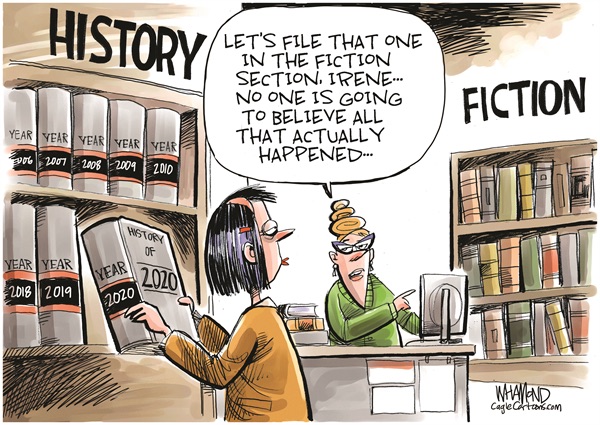Trying to fit traditional schooling into a constantly changing world is like trying to fit a Samsung phone charger into an iPad — it doesn’t fit. One must work to find the right energy source to power and unlock the magic. Santa Barbara’s public school teachers recognize this. They recognize that education today is about critical literacy and 21st-century learning for the whole-child.
Let’s start with literacy — real literacy, critical literacy, the literacy that changes lives for the better. The practice of critical literacy dates back to Socrates who taught his students to question the world around them and think for themselves. Critical literacy sees students as “funds of knowledge” who need exposure to experiences that allow them to use their previous knowledge and perceptions to analyze their surroundings and make life better for their own self as well as for others.
Let’s talk about 21st-century learning — lessons and learning for today’s whole child in a world driven by computer technology. Education in our public schools now stands in stark contrast to public schools 50 years ago, when classes were focused solely on rote learning. The focus on the “3 Rs of reading, writing, and arithmetic” became outdated because of the need for students to become real-world problem solvers who could contribute to an economy in which jobs are rapidly evolving — workers entering today’s economy must have the skills, knowledge, and ability to adapt to meet the changing demands of jobs that in a few years might look very different than they do today. In our schools today, the emphasis is on being an empowered learner, a digital citizen, a knowledge constructor, an innovative designer, a computational thinker, a creative communicator, and a global collaborator. These may seem like lofty goals but step into a local public school classroom and you’ll see students learning these skills in classes at the Engineering Academy at Dos Pueblos or the Design specials class at Adams Elementary, Performance Arts at Santa Barbara Junior High, Industrial Technology at La Cumbre Junior High, AVID elective class, Ethnic Studies or social studies classes at our secondary schools, and the list goes on. Being able to think critically (skills of logic, analysis, comparing info) is the key skill needed to enter today’s globally competitive industries.
Our teachers work tirelessly to facilitate the academic aspects of education (critical literacy and 21st century learning) under the umbrella of whole-child teaching: teaching all of the above in an environment that helps nurture each child’s health and safety, actively engages the child in their learning, and in which each child is supported by qualified and caring adults; students are challenged academically and prepared for successful participation in college, in future employment and in the global community.
A quick look at our Santa Barbara public schools demonstrates that that’s where a lot of the magic happens. Here are just a few examples of student opportunities, practices and successes:
- 2019 – Franklin Elementary earns California Distinguished School Award
- 2019 – SBUSD Music Education Program receives National Recognition five years in a row
- Mindfulness teaching at various elementary and secondary schools
- New STEAM instruction program – McKinley Elementary
- SBUSD annually has students throughout the 4 district high schools who are awarded the distinction of National Merit Semi-finalist or Finalists
- 2020 – National Merit Scholar Semifinalists – SBUnified students
- 2019 – “Where I’m From” identity and community project / walking field trip in partnership with UCSB and Santa Barbara Trust for Historic Preservation – SBJHS
- Online literary journals where students write for authentic purpose on a topic they care about – La Cumbre Junior High
- Student poetry published in the Independent during distance learning – Santa Barbara High School
- Astro Camp for 5th graders; Cimi Camp for 6th graders at Adams Elementary School
- AVID Elective students college field trips – district wide
- Kathy Ramirez Gijon received the Bill and Melinda Gates Foundation Scholarship just this past year – La Cumbre/Dos Pueblos
Traditional rote learning definitely has its place in our schools but it’s no longer enough. SBUnified teachers, through self-reflection, learning and unlearning, research-based methodologies and attention to progress, strive to facilitate the growth of a diverse populace that positively and effectively contributes to all corners of society. We recognize the enormity of our responsibility to support and prepare our community’s children not only for today’s world but for a tomorrow that may look very different.
Kristin Martinez-Pettit is a teacher for Santa Barbara Unified School District.

